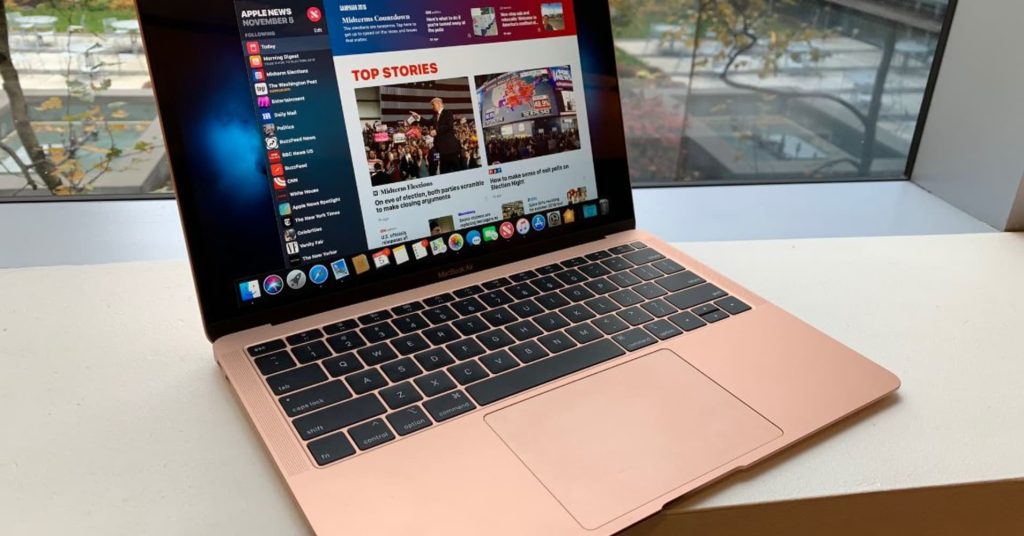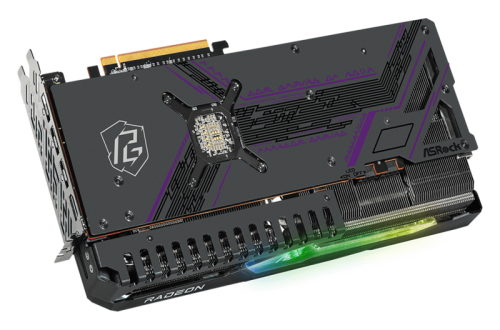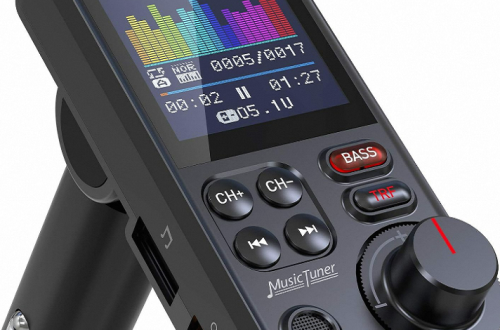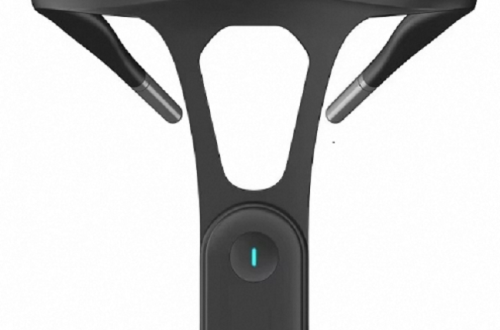Introduction
Maintaining a secure password is essential for protecting your sensitive information on your MacBook Air. Regularly changing your password can help safeguard your device from unauthorized access. In this article, we will guide you through the process of changing your password on your MacBook Air, ensuring that your device remains secure and your data protected.
1. Accessing the Password Settings
1.1 Opening the System Preferences
To change the password on your MacBook Air, begin by accessing the System Preferences. This can be done by clicking on the Apple menu, which is located in the top-left corner of the screen. From the dropdown menu that appears, select the “System Preferences” option. By doing so, the System Preferences window will open, providing you with access to various settings and preferences for your MacBook Air. This is where you can customize and configure different aspects of your device. In the System Preferences window, you will find a range of categories to choose from. These categories include options for adjusting display settings, managing user accounts, configuring network settings, and more. By selecting the appropriate category, you can access the specific settings you need to change your password on your MacBook Air.

1.2 Selecting the Users & Groups Preference
In the System Preferences window, you will find various categories to choose from. Look for the “Users & Groups” preference and click on it to access the user account settings.
1.3 Authenticating as an Administrator
In order to make changes to user account settings on your MacBook Air, you are required to authenticate as an administrator. To do this, navigate to the Users & Groups preferences window. Once you have opened the Users & Groups preferences, you will notice a lock icon in the bottom-left corner. This lock icon indicates that the preferences are currently locked and require administrator access. Click on the lock icon and a prompt will appear asking you to enter your administrator password. Provide the correct administrator password in the designated field and click “OK” or press Enter. If the password is correct, the lock icon will unlock, granting you access to make changes to user account settings. This authentication step ensures that only authorized individuals can modify user account configurations, adding an extra layer of security to your MacBook Air.
1.4 Selecting the User Account
Once you have successfully authenticated as an administrator, you will see a list of user accounts on your MacBook Air. Select the user account for which you want to change the password by clicking on it.

2. Changing the Password
2.1 Clicking on “Change Password”
In the Users & Groups preferences window, you will find various tabs related to user account settings. Click on the “Change Password” button to initiate the password change process.
2.2 Verifying the Current Password
Before changing your password, you need to verify your current password. Enter your existing password in the “Current Password” field to proceed.
2.3 Creating a New Password
After verifying your current password, you can now create a new password. Enter your desired password in the “New Password” field. Ensure that your new password meets the requirements for security, such as a combination of uppercase and lowercase letters, numbers, and special characters.
2.4 Confirming the New Password
To ensure accuracy, re-enter your new password in the “Verify” or “Confirm” password field. Make sure that the password matches exactly to avoid any login issues in the future.

2.5 Adding a Password Hint (Optional)
For added convenience, you can choose to add a password hint. This hint can assist you in remembering your password if you happen to forget it. However, make sure the hint is not too obvious or easily guessed by others.
2.6 Saving the New Password
Once you have entered your new password and, if desired, added a password hint, click on the “Change Password” or “Save” button to confirm the changes. Your MacBook Air will now implement the new password for the selected user account.
3. Using Touch ID for Password Authentication
3.1 Opening the Touch ID Preferences
If your MacBook Air is equipped with Touch ID capabilities, you can use your fingerprint to authenticate instead of entering a password. To set up or enable Touch ID, open the System Preferences and click on the “Touch ID” preference.
3.2 Enrolling Your Fingerprint
In the Touch ID preferences window, you will find instructions on enrolling your fingerprint. Follow the onscreen prompts to position your finger on the Touch ID sensor and lift it repeatedly until the fingerprint enrollment process is complete.
3.3 Enabling Touch ID for Password Authentication
Once you have enrolled your fingerprint, you can enable Touch ID for password authentication. Check the box next to “Use Touch ID” or a similar option to enable Touch ID for your user account.

3.4 Testing Touch ID Authentication
To ensure that Touch ID authentication is functioning correctly, lock your MacBook Air by clicking on the Apple menu and selecting “Lock Screen” or by closing the lid. Then, place your enrolled finger on the Touch ID sensor to unlock or authenticate. If successful, your MacBook Air will unlock or authenticate without requiring a password.
4. Best Practices for Strong Passwords
4.1 Use a Unique and Complex Password
When changing your password, it is crucial to use a unique and complex combination of characters. Avoid common passwords or easily guessable information like birthdays or names.
4.2 Length and Complexity
Make sure your password is at least eight characters long and includes a combination of uppercase and lowercase letters, numbers, and special characters. The longer and more complex your password is, the more secure it will be.
4.3 Regular Password Changes
To enhance security, it is recommended to change your password periodically. Consider changing your password every few months or whenever you suspect potential security risks.

4.4 Enable Two-Factor Authentication
To further fortify your account security, enable two-factor authentication (2FA). This adds an extra layer of protection by requiring a second form of authentication, such as a verification code sent to your phone, in addition to your password.
Conclusion
Changing your password on your MacBook Air is a vital step in maintaining security and protecting your sensitive information. By following the steps outlined in this article, you can easily change your password, enable Touch ID for authentication, and ensure that your user account remains secure. Furthermore, adhering to best practices such as using strong and unique passwords and enabling two-factor authentication will further enhance the security of your MacBook Air. By prioritizing secure access, you can confidently use your MacBook Air, knowing that your data is protected from unauthorized access.


